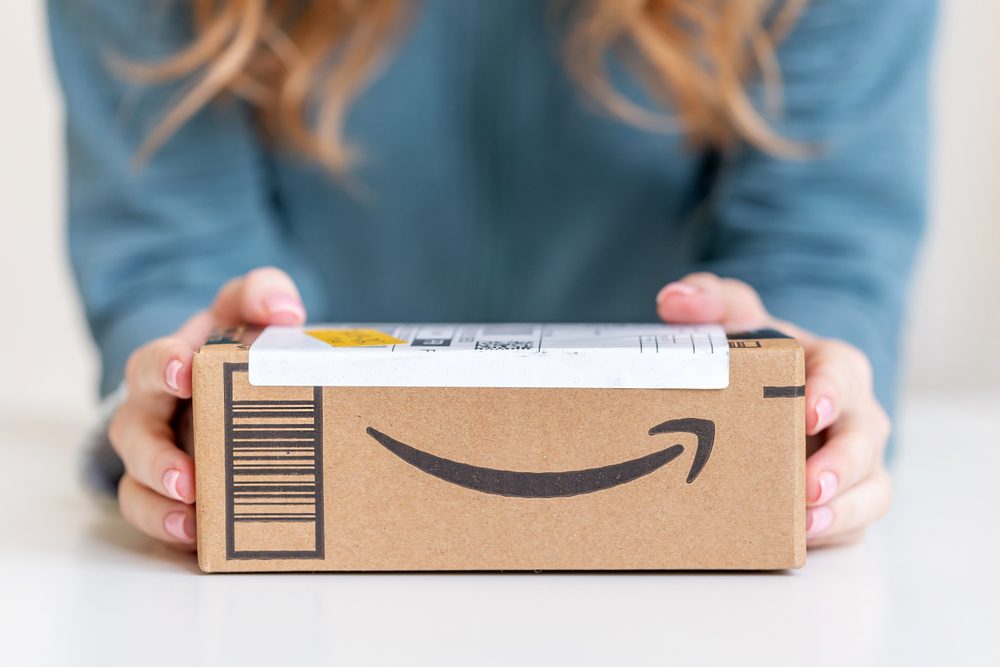
Do you buy stuff from Amazon?
Amazon has become like a superstore where you can shop for anything and everything. The idea of having your order delivered straight to your doorstep is definitely one of the reasons why so many people choose to buy from Amazon. Even better, pay for the Prime membership, and you’ll often get this service for free.
Now, the giant retailer has some hard-to-beat services, but this doesn’t mean that it doesn’t have some weak spots too. For instance, Amazon can be a counterfeiter’s dream. One of the things that makes the Amazon ecosystem tick so well is its huge network of third-party sellers.
Basically, having so many sellers makes it pretty difficult, if not impossible, for Amazon to keep watch on all of them. As a result, many unwitting consumers ended up buying shoddy or even dangerous items.
How do you make sure you won’t be one of them? Let’s look at some ways you can easily spot fake Amazon products!









